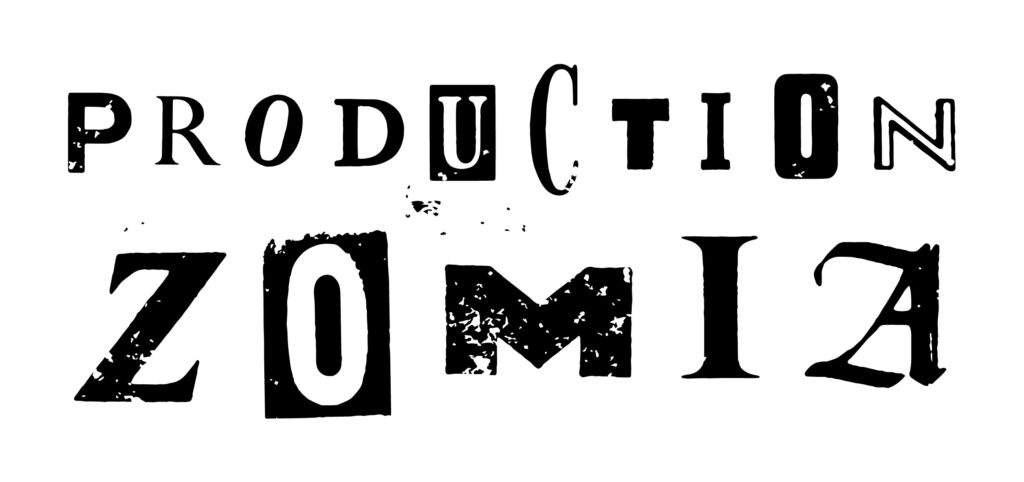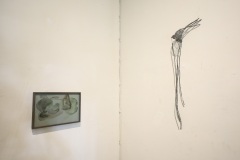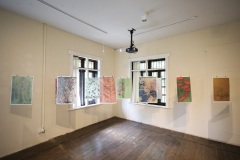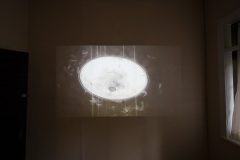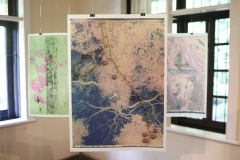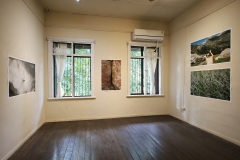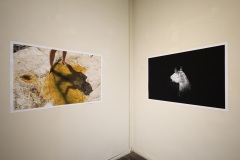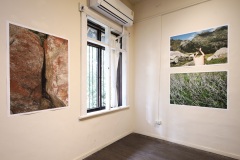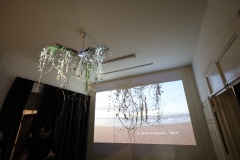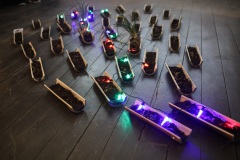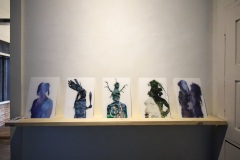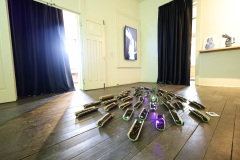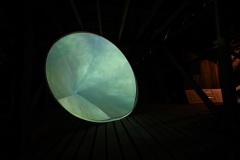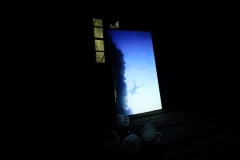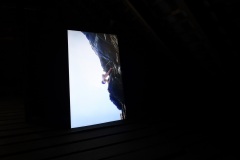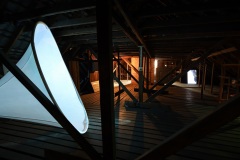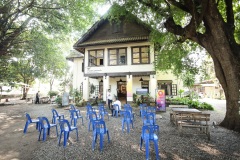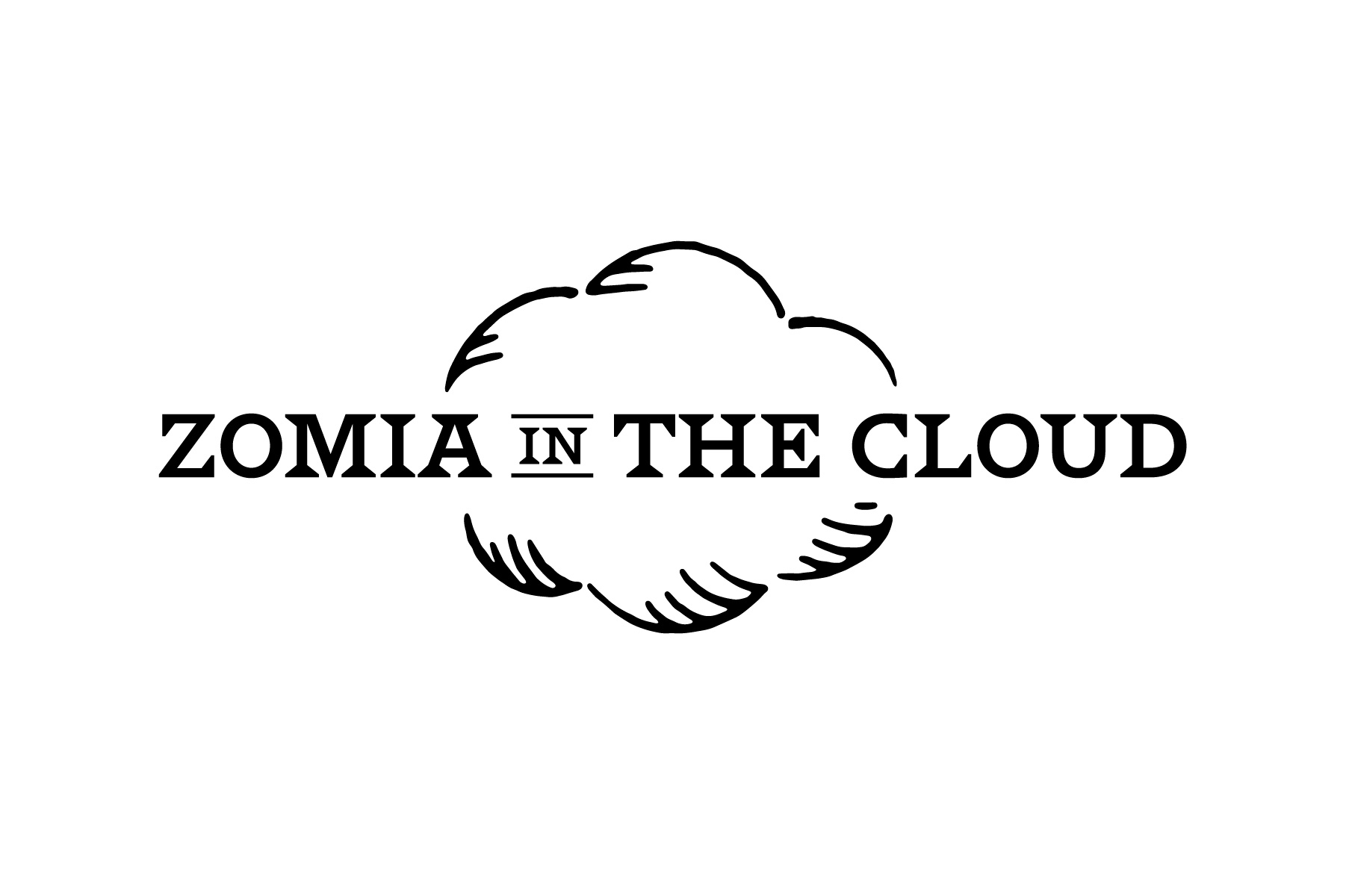
DATE: Dec 12, 2023 – Feb 28, 2024
VENUE: Facilities managed by NGOs near Chiang Rai, etc., Singhaklai House — Modchanaphai Foundation, Singhaklai Road, Wiang, Mueang Chiang Rai
Participating Artists for Cloud Project:
Irwan Ahmett & Tita Salina, Aung Myat Htay, Mech Choulay, Mech Sereyrath, Montika Kham-on, Hirose Satoshi, Be Takerng Pattanopas, Piyarat Piyapongwiwat, Quynh Dong, Kano Tetsuro, AWAYA, Khvay Samnang, Ngoc Nau, Souliya Phoumivong, Lyno Vuth, Lim Sokchanlina, Som Supaparinya, Maung Day, bacili, Ri, Shwe Wutt Hmon, Ting-Tong Chang, Tuan Mami, Tith Kanitha
Participating NGOs for Cloud Project :
Camillian Social Centre Chiang Rai, Hill Area and Community Development Foundation, Hill Tribe Museum And Education Center, AAR JAPAN, International Medical Volunteers Japan Heart, Sakura Project, Peace Winds Japan, VIETNAM yêu mến KOBE, Social Compass
Participating Artists for the exhibition at Singhaklai House :
Shwe Wutt Hmon, Ri, Aung Myat Htay, Tith Kanitha, Maeda Kohei
Production Zomia proposes a project to engage with the people and natural creatures that have lived in the region where Thailand/Laos/Myanmar border adjoins. Although they have formed a fluid and vibrant life through their ecosystem over a long period of time, their territory has been eroded recently by state power and global economic development. As a result, the number of ethnic minorities, refugees, and others forced to leave their homes and move to other parts of the world has been increasing each year.
See the report by UNHCR. We believe that art can liberate, affirm, and empower individuals in solidarity, and that hoping to deliver it to the people in difficult circumstances.
We will therefore create a platform for exhibition activities at various locations run by NGOs and other organizations that support refugees, ethnic minorities, education, and welfare activities near Chiang Rai and some other areas in Asia. We will announce the project on our website, grant access to organizations that wish to participate, and allow them to freely select works (paintings, photographs, videos, etc.) created by multiple artists to be exhibited at any location they deem necessary, free of charge. No gallery or dedicated exhibition facility is required. They can find appropriate spaces in schools, libraries, hospitals, assembly halls, etc., and have their works installed, screened, and placed there. In this way, the works should meet a different audience than the usual visitors, people who are in oppressive and unequal situations and need liberation and solidarity.
This is also a tribute, 20 years later, to Utopia Station, which was launched in 2003 as a project to envision a different kind of society at the time of the rise of new imperialism after 9/11.
At the same time, an art space in the city will be used as a venue (Singhaklai House) to make these works available to regular Biennial viewers with the Aura Contemporary Art Foundation‘s collection and newly commissioned artworks.
| Artist | Title | Year | Media |
| Tith Kanitha | Untitled | 2019 | Steel wire (each) |
| Tith Kanitha | Untitled | 2022-2023 | Aquarelle on paper (each) |
| Shwe Wutt Hmon | Noises Are Too Close Here | 2023-on going | Mixed media installation |
| Ri | Is It Sweet Like Honey? | 2023 | Photograph |
| Aung Myat Htay | Souls | 2023 | Multimedia Installation |
| Aung Myat Htay | Souls #01-10 | 2023 | Digital Prints on Acrylic glass, 29×42 cm (each) |
| Maeda Kohei | Breathing | 2021 | Video installation |
Thailand Biennale,Chiang Rai 2023
Shwe Wutt Hmon
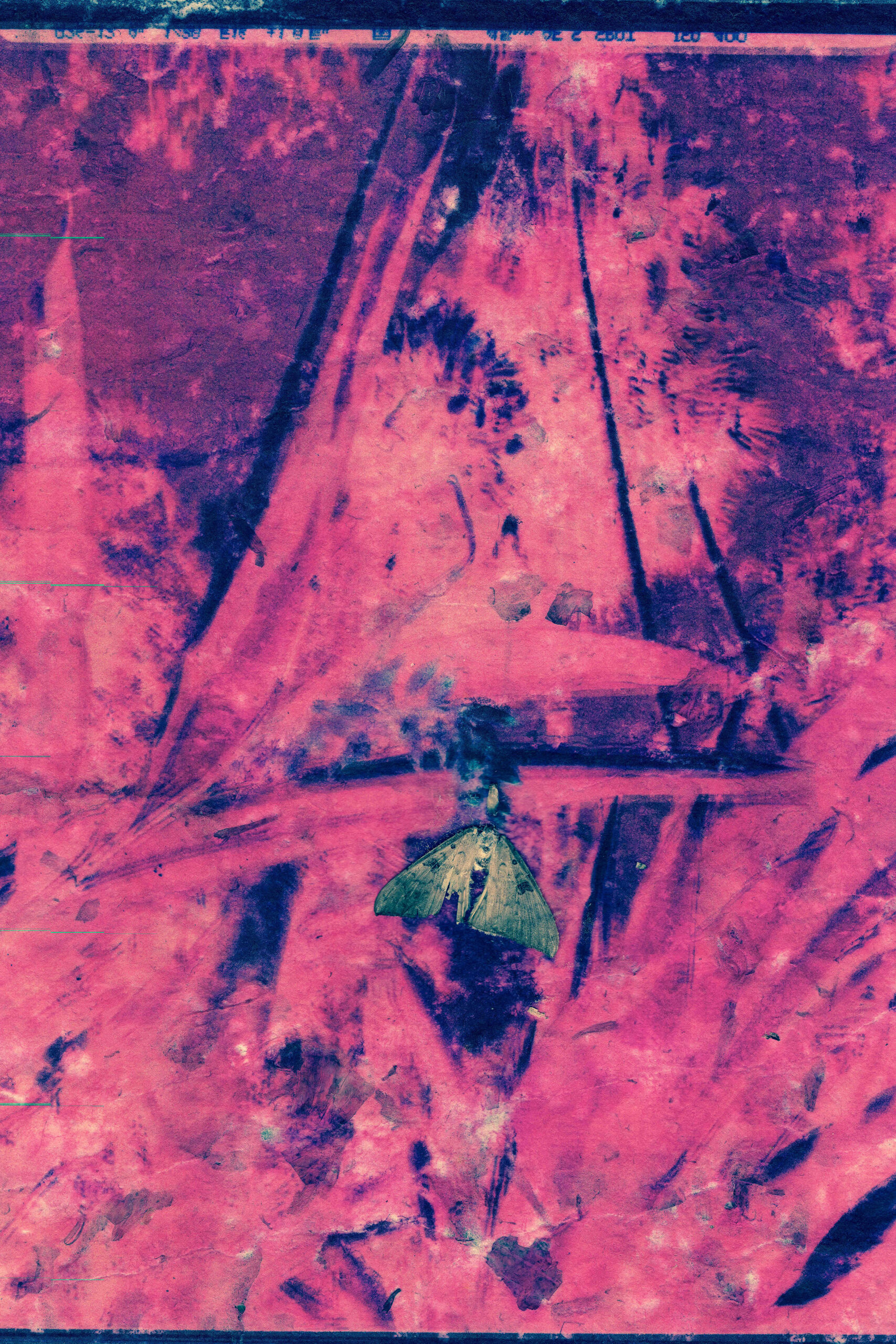
“Noises Are Too Close Here” is a photographic installation with simultaneous sonic soundscape, blending analog photography with scanner-generated images to portray the experience of noise being too close within an intimate environment. This is an individual’s journey from the unfamiliarity of the ecological realm to forming a deep connection with migrating nature, visually unfolding amidst intricate nuances of flora and fauna of a tropical garden. These images are a narrative of personal closeness and meticulous observation of nature’s nuances, revealing intricate elements from archival materials showing pressing environmental deterioration in northern Thailand and Myanmar, all of which I call home.
Ri

“Is it sweet like honey?”
“Freedom is something entirely else for me. But there is nothing close to being free for me, my family, friends or my country. But I want to taste it. Is it sweet like honey? Is it beautiful? Is it like heaven?”
“Is it as sweet as Honey?” is a series in which the artist tries to delve into the concept of “Freedom.” Having spent her entire life, as well as her parents’, in a country dominated by a military regime, the artist wishes to grasp the essence of freedom, a concept repeatedly denied to the people of Myanmar and only to be brutally suppressed through arbitrary arrests and merciless killings by the military.
Aung Myat Htay

He uses folktales and myths, a notion of locomotion in archive pictures to multiply like a patchwork. He has always been interested in the intersection of art and anthropology by means of art and observations of socio-cultural phenomena. In this work he expresses the shadows of Zomi people who fled from their home mountain land across the sea. They have lived in nature with its blessings and calamities. Wisdom that avoids elimination and purification and does not form a single centre that creates a mixed relationship between animals, plants, inorganic matter, and spirits, and controls movement/dispersion, escaping from slavery, military service, taxation, etc. by the state. Smart travellers, their community (kuni) exists in the depths of the hearts of people living today, and it makes us feel nostalgia and admiration.
Tith Kanitha

Instinct, intuition, and play are valued skills and disciplines Tith Kanitha has nurtured as strategies of resistance to normative expressions of beauty, productive labor, gender roles and political resistance in Cambodia. Her practice across media provides, in her words, “different ways to breath”, conjuring personal experiences of participation and freedom as they associate with the subconscious and the somatic.Tith’s sculptures are made with thin-gauge steel wire, within which she finds metaphorical relation for its typically “supportive role” as an unseen material that enables connecting and building structures. Through laborious hand-coiling around a thin copper dowel, she amasses great lengths of helical modules that become spring-like, flexible lengths that can stretch, compress, and interlock when wrapped around one another.
In a two-way conversation with her materials, she describes both careful listening and gentle subversion, of finding a flow or falling into drift. Tith’s sculptures often feature as part of her installation and performances. She has long referred to her sculpting process as “drawing with wire”, which has more recently become a double entendre as she often fashions tools of steel wire for her intimate, abstract drawing practice.
Maeda Kohei

Kohei uses his own experiences as a starting point for his work about the relationship between people, nature and events. Breathing was inspired by “Kozanji-style earthenware” found at an ancient temple in Kinan/Kumano where he grew up. The spiral earthenware was produced and used in daily life by the Zomi people, who fled their nation via the sea and rivers and came to the Japanese archipelago. It may visualize the layering of prayer, time and wisdom possessed by spirits, gods and the mountainous philosophy of the Zomi world.
Handout English(PDF) / Thai(PDF)
Related Event
[ Talk Session “The Akha’s Art of Not Being Governed Boyond Zomia” ]
Date: 16 Dec ( sat ), 2023, 14:00 – 16:00 (Thai time)
Venue: ‘Zomia Pavilion’ Venue. Shingaklai House ( 628 Shinghaklai Road, Amphoe, Chiang Rai, Thailand
More information
